
«It’s an accepted fact that all writers are crazy; even the normal ones are weird.» – William Goldman
On Friday November 16, we lost the great William Goldman, one of the best and most talented screenwriters Hollywood has ever had. Today, I wanted to remember Goldman’s «inconceivable» talent in the best way I know, by writing this post.
Films are the ensemble of many pieces but, without a good script, the puzzle wouldn’t even exist. In this post I will be honouring three marvellous screenplays, written by Goldman that gave birth to three great films and gifted the world with some of the most memorable stories and phrases in cinema’s history.
Butch Cassidy and The Sundance Kid 1969
I’ve already wrote about this film in my post about Paul Newman a couple of years ago (it’s been more than two year ago!!!!! time flies…) but this time I am going to highlight the script behind it. And I have to say, in my humble opinion, it is one of the most important screenplays in cinema’s history. Why do I think this? Inspired by true events Goldman brought us an unforgettable film with two of the best well-known and beloved main characters of the big screen.

Butch Cassidy and the Sundance Kid represent a pair of «heroes» that share the same fate. The bond that Paul Newman and Robert Redford shared co-starring in this film made them almost brothers. The connection they both had with the characters has also made the general public connect Paul Newman to Butch and Robert Redford to Sundance (even I find it difficult to separate them from the roles they play in this film). The impact of Goldman’s screenplay made Robert Redford create the Sundance festival to honour his character in the film. Whatsmore, Goldman won an Oscar for this screenplay that rocketed him to fame.
/s3.amazonaws.com/arc-wordpress-client-uploads/infobae-wp/wp-content/uploads/2018/11/16133827/William-Goldman.jpg)
All the President’s Men 1976
In this case, Goldman adapted All the President’s Men book into an Oscar winning screenplay. Carl Bernstein and Bob Woodward, the two Washingtonpost journalists that investigated the Watergate scandal, published the chronicles of this investigation in 1974. The rights for the adaptation to the big screen were bought by Robert Redford as soon as the book was published. Robert Redford immediately asked Goldman to adapt the book into a screenplay. Goldman did a wonderful job managing to keep the audience on the edge till the final scene, eventhough the Watergate case had just happened and had been on the news for years right before the film came out. The film is almost contemporary to the Watergate case, indeed they had to end it with related teletype headlines announcing Nixon’s resignation as it occured on August 9 1975, around a year after the book was published, and Goldman decided to cover the event in its screenplay with this original final scene. Goldman also incorporated the catch phrase «follow the money» in its script as it didin’t appear in the book.
The Princess Bride 1987
In 1973 Goldman wrote a book called The princess bride an amazing and adventorus story he then brought to the bigscreen in 1987 (every writers dream!). Goldman created a fantastic world with characters that instantly found a place in all of our hearts. Goldman was also an expert in creating phrases that will live forever and are timelessly memorable. The Princess bride is full of them, I’m sure all of you can finish this phrase with me: «Hello. My name is Iñigo Montoya….» 
The princess bride is a film that captivates and is enjoyed by everyone, Goldman shared with the world a story full of adventures, romance, humor and revenge a combination that has worked so well that 30 years later people still know its quotes by heart. I could go on and talk about the magnificence behind this script forever. Do you allow me to tell you a little bit more about it?
Goldman had the marvellous idea of a framing story where a grandfather narrates the main story to his grandson that interrupts it every know and then.
Goldman managed to create a wonderful world with well-known landscapes like the cliffs of insanety, or the fire swamp; unforgettable moments like the battle of witts (screenplay of the scene in the picture) or the sword fight and characters that we’ve all heard of like Buttercup, Westley and Iñigo Montoya. Oh and how can we forget the…. ok, ok, as you wish…. Maybe you’re right, it’s better if you go and rewatch The princess bride . And if you have never seen it go and watch it ASAP!
I think the secret behind Goldman’s screenplays and stories, is that he managed to make the audience connect with the characters and the narratives within a couple of minutes. William Goldman’s stories will always be remebered and his legacy will live on forever.
References:
Butch Cassidy and The Sundance Kid (1969)
All the President’s Men (1976)
The Princess Bride (1987)






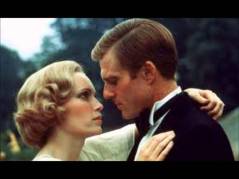



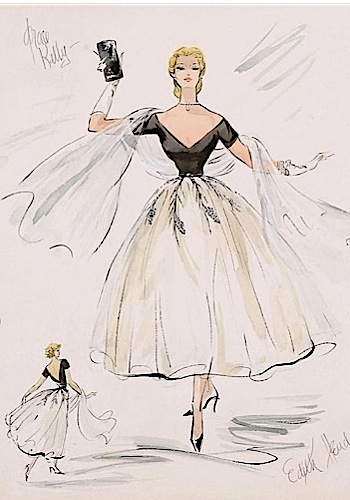











 The Hustler was a major critical success, he was nominated once again to an Oscar but did not win until 1986 with the «sequel» of the film The Color of Money.
The Hustler was a major critical success, he was nominated once again to an Oscar but did not win until 1986 with the «sequel» of the film The Color of Money. 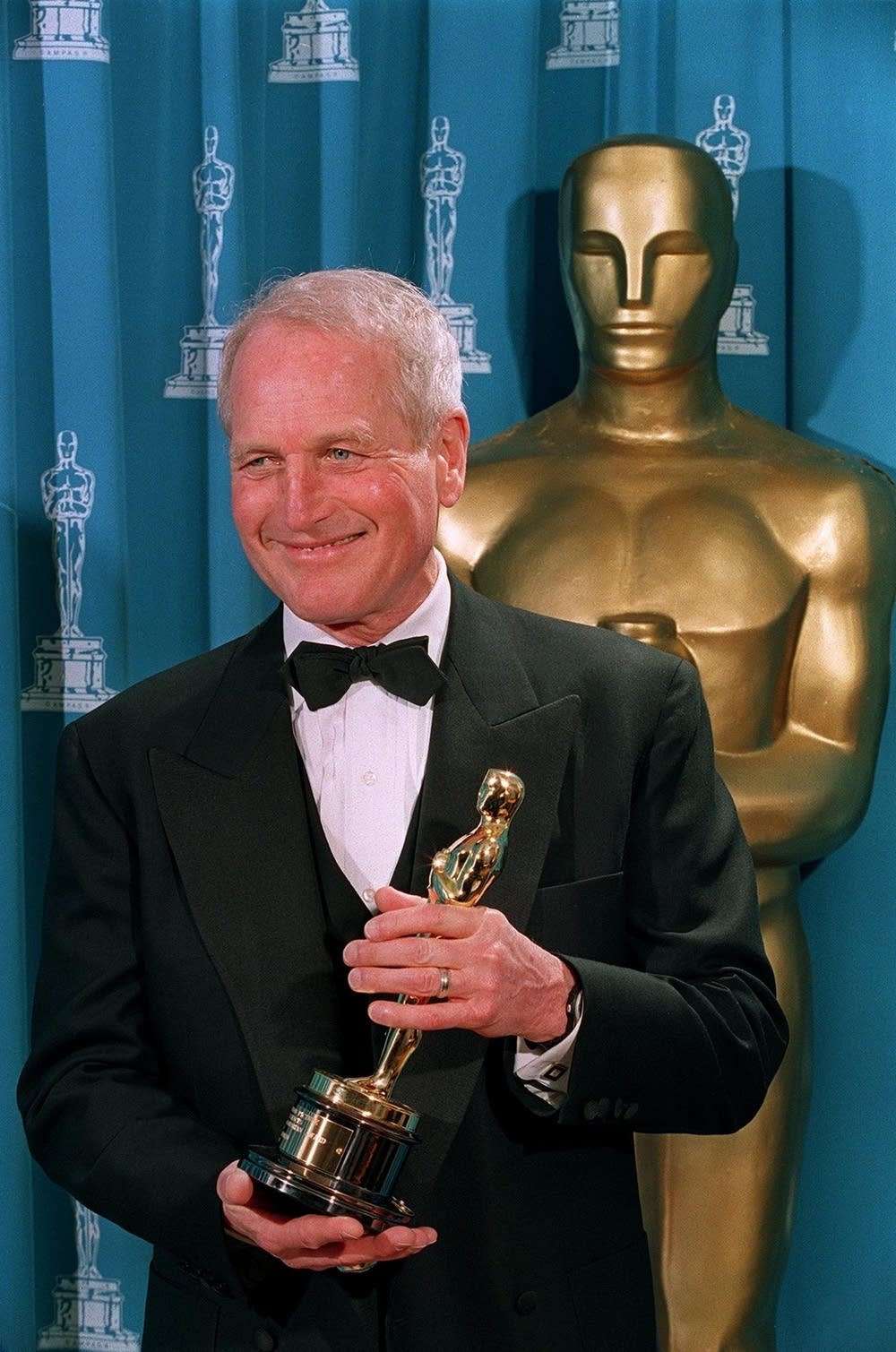







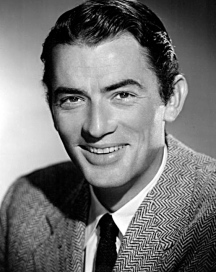
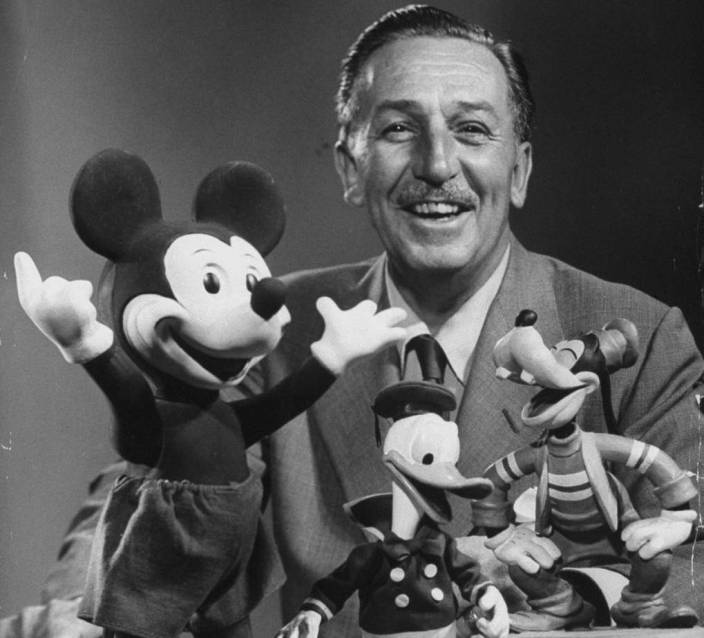

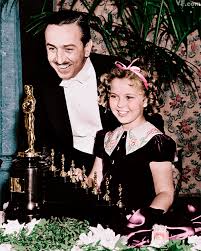

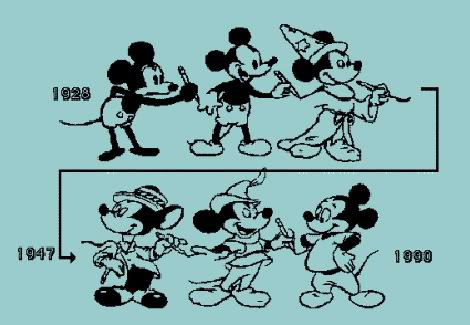



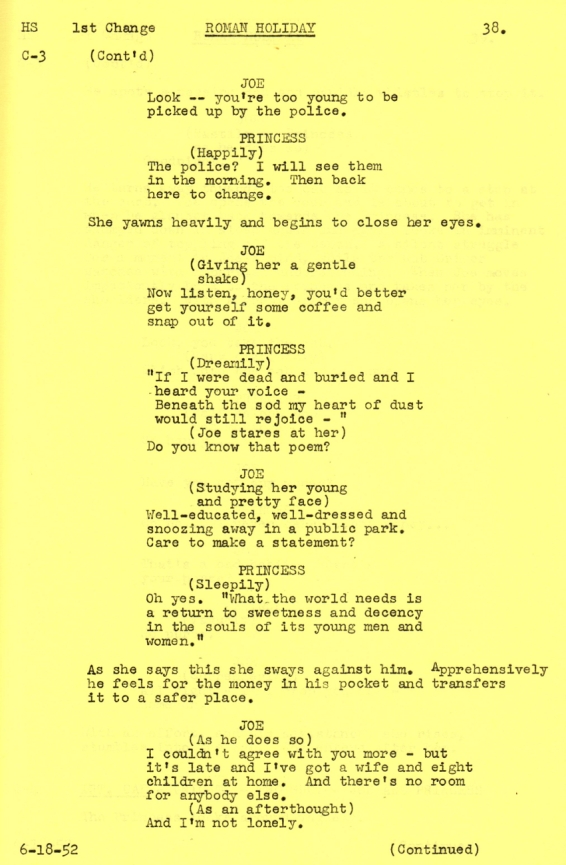
 After receiving the brilliant screenplay Preminger decided to come forward and Trumbo’s name was credited for his work. This was the first film that showed Trumbo’s name in the front credits since he had been accused by the House of Un-American Activities Committee marking the beginning of the end of the blacklist.
After receiving the brilliant screenplay Preminger decided to come forward and Trumbo’s name was credited for his work. This was the first film that showed Trumbo’s name in the front credits since he had been accused by the House of Un-American Activities Committee marking the beginning of the end of the blacklist.












